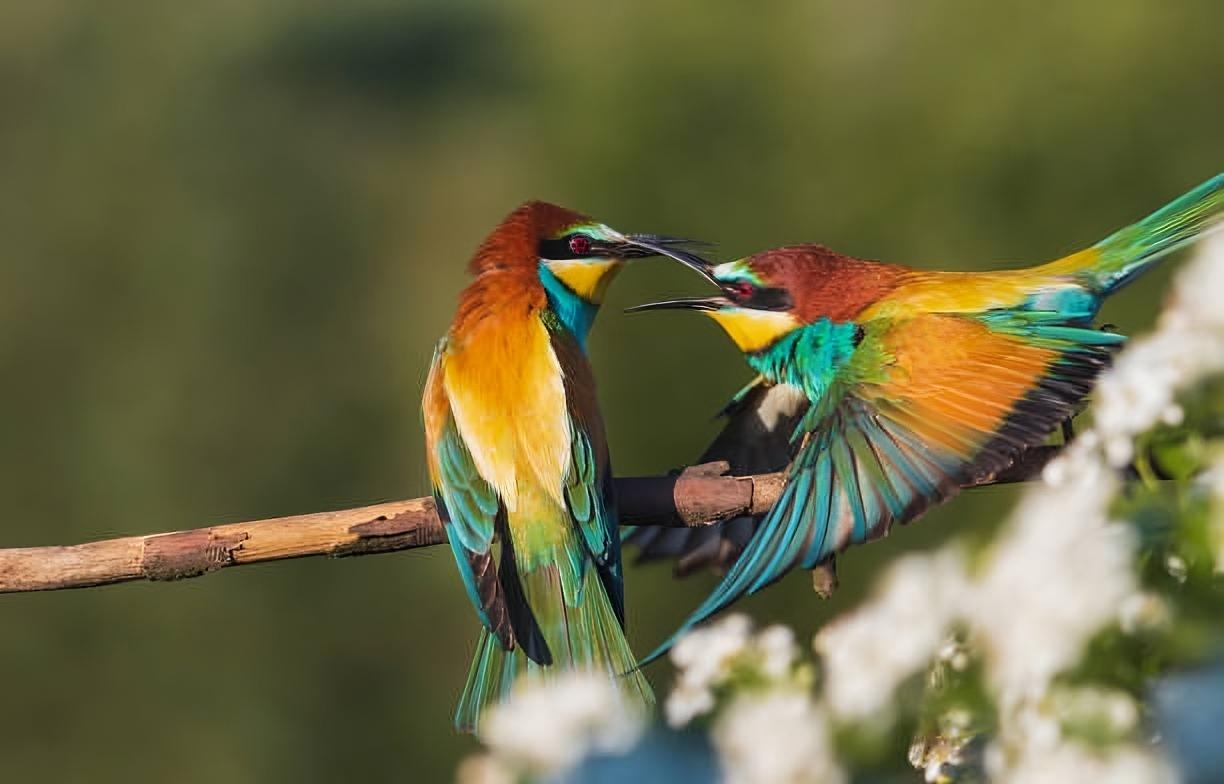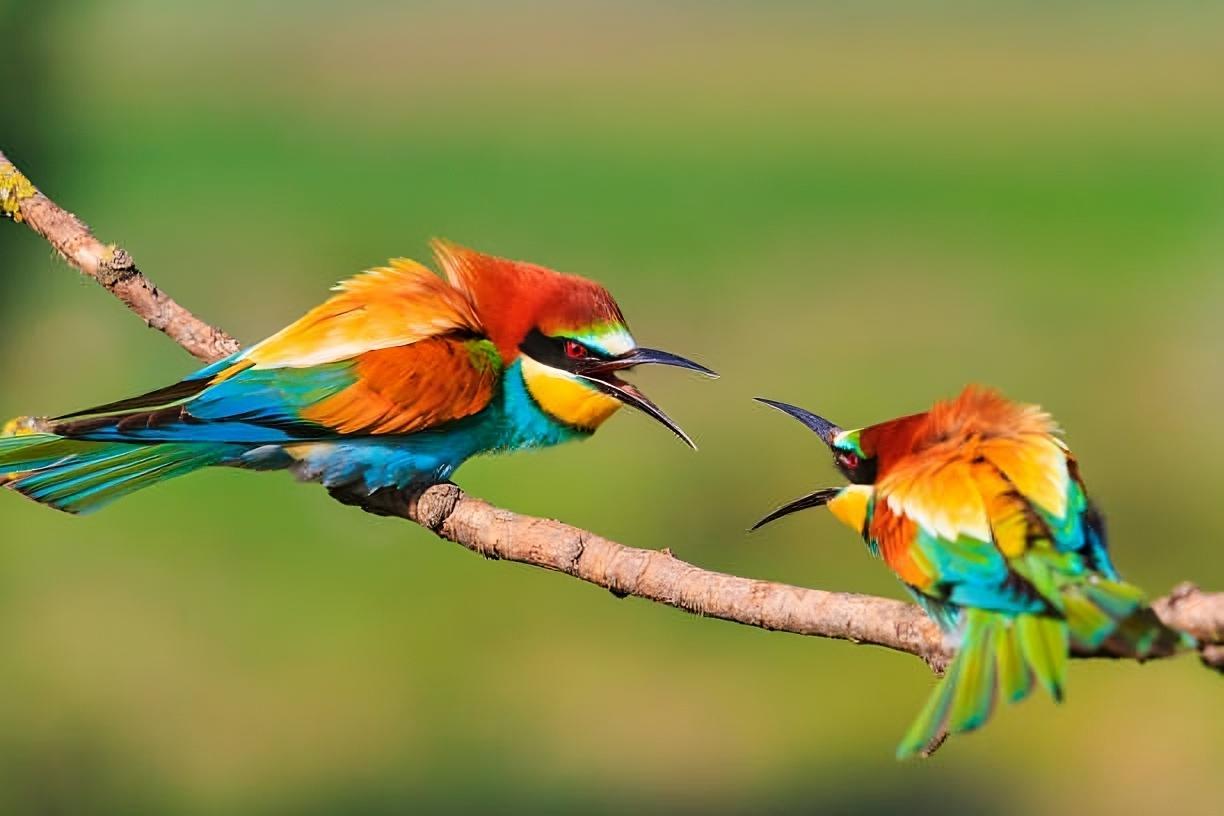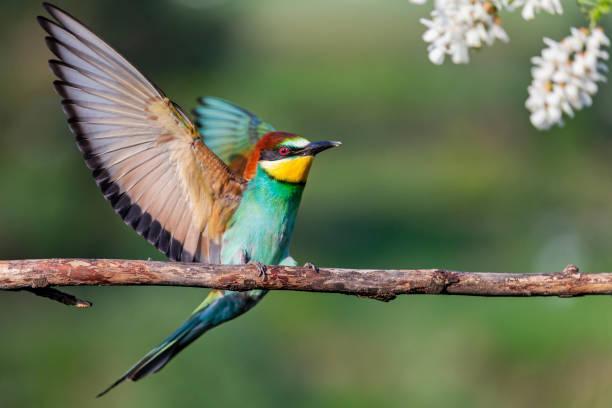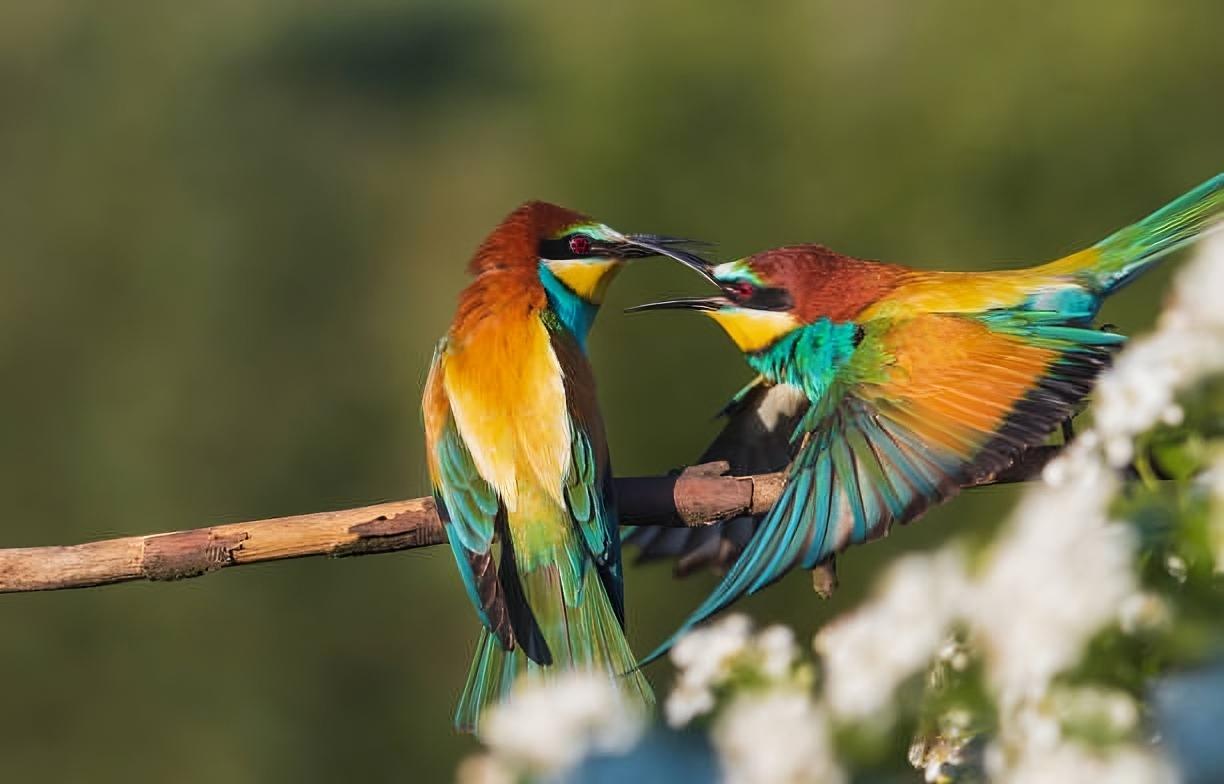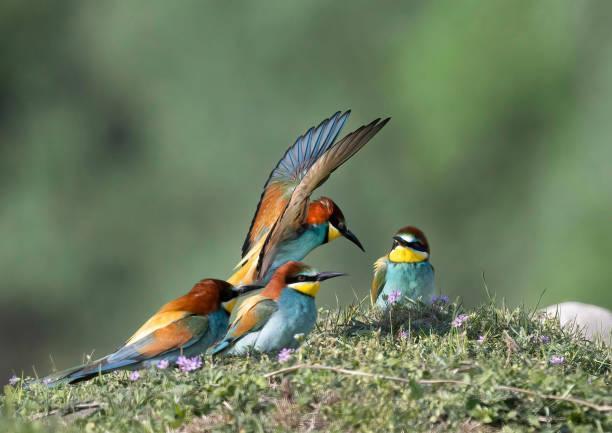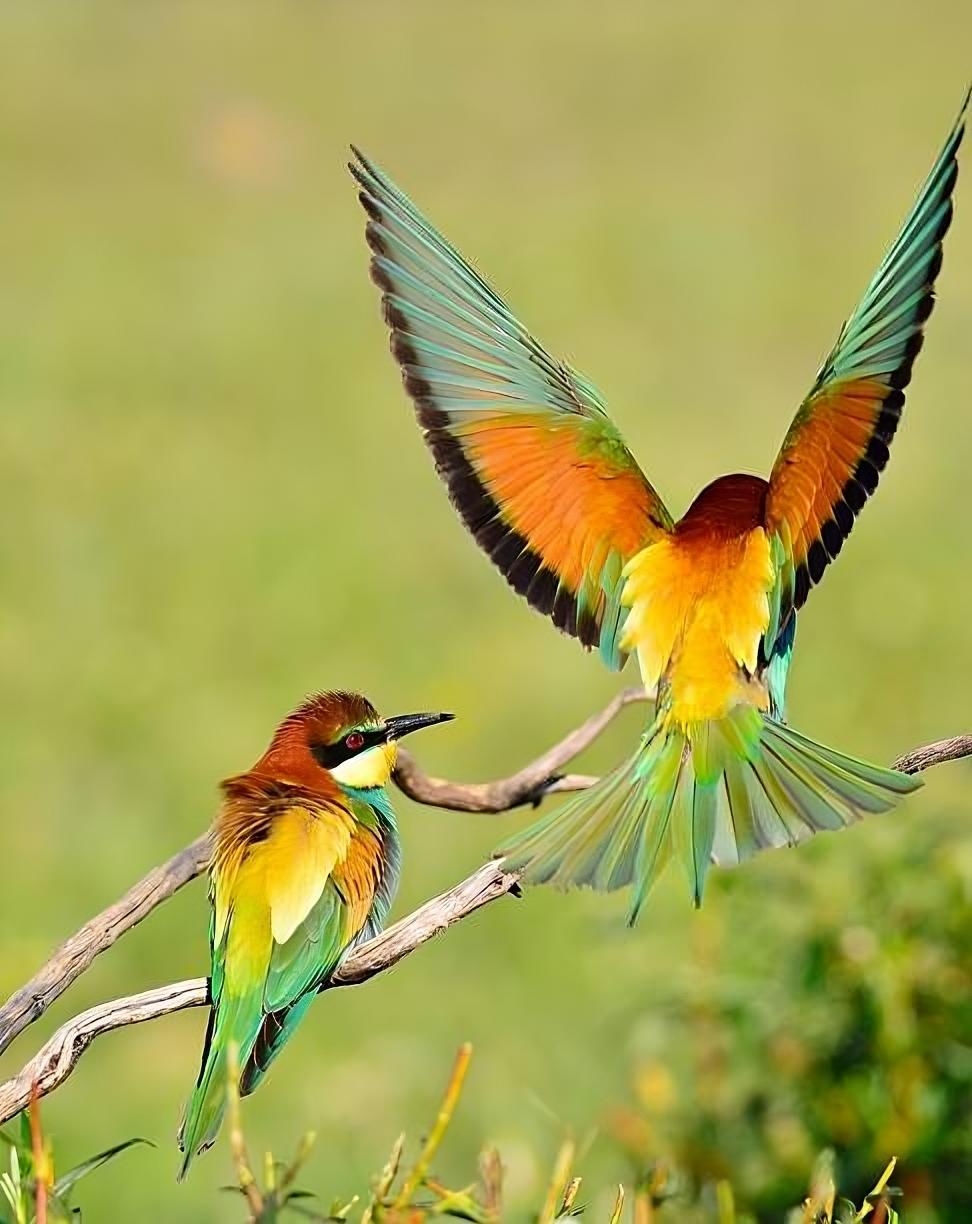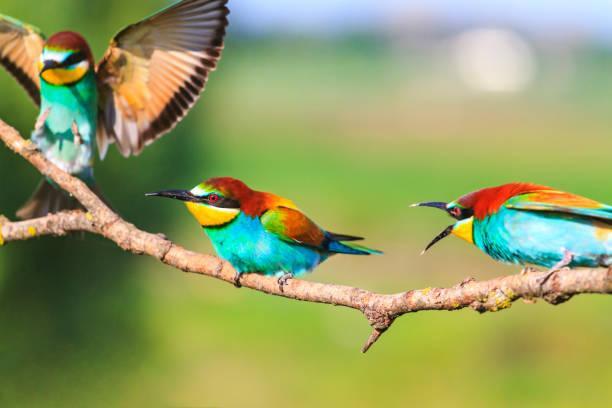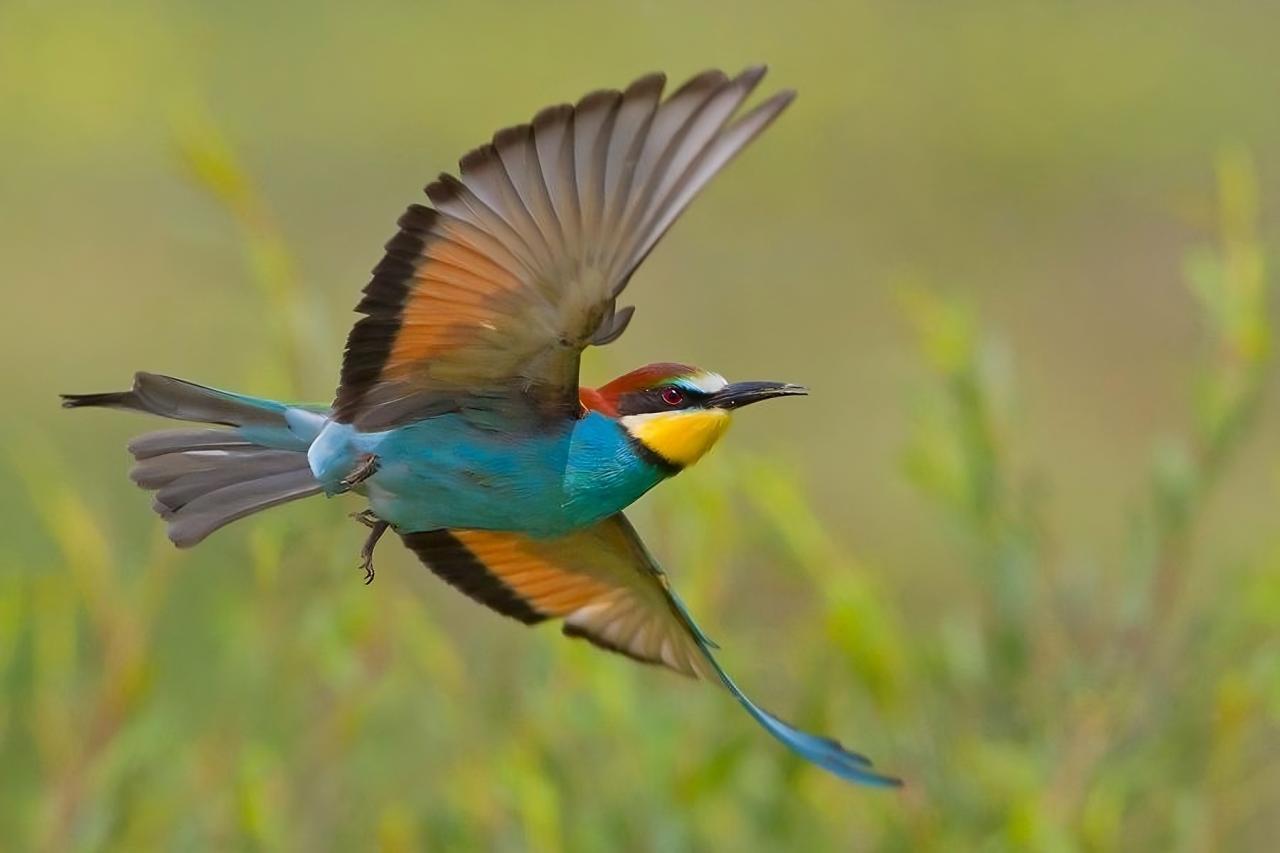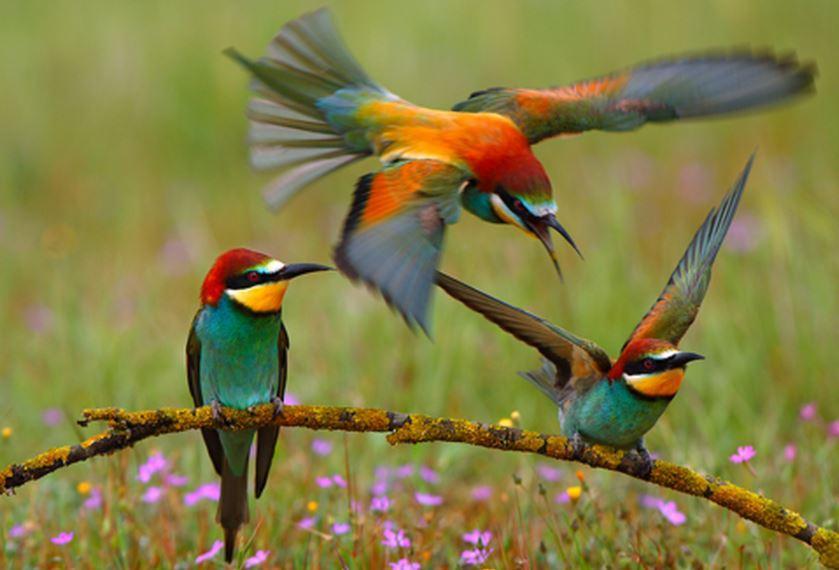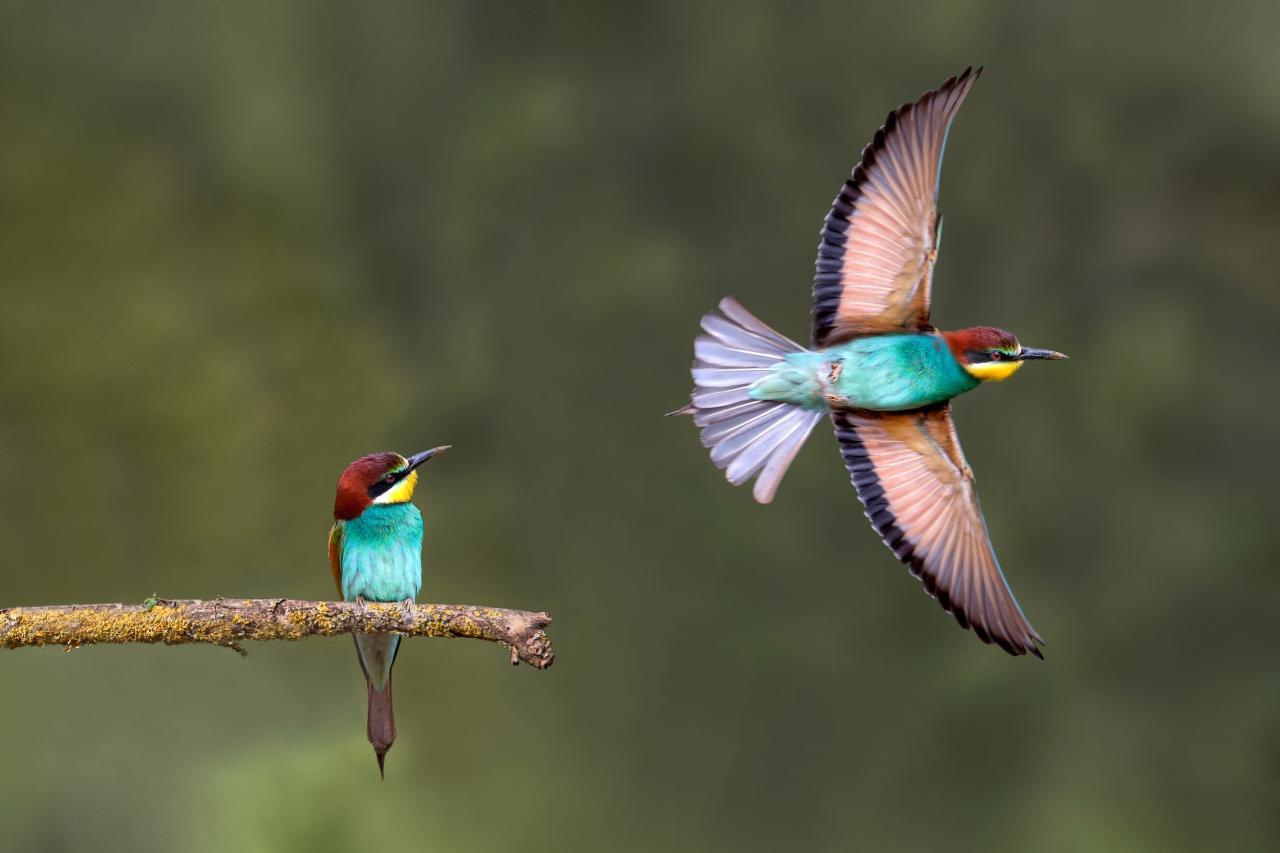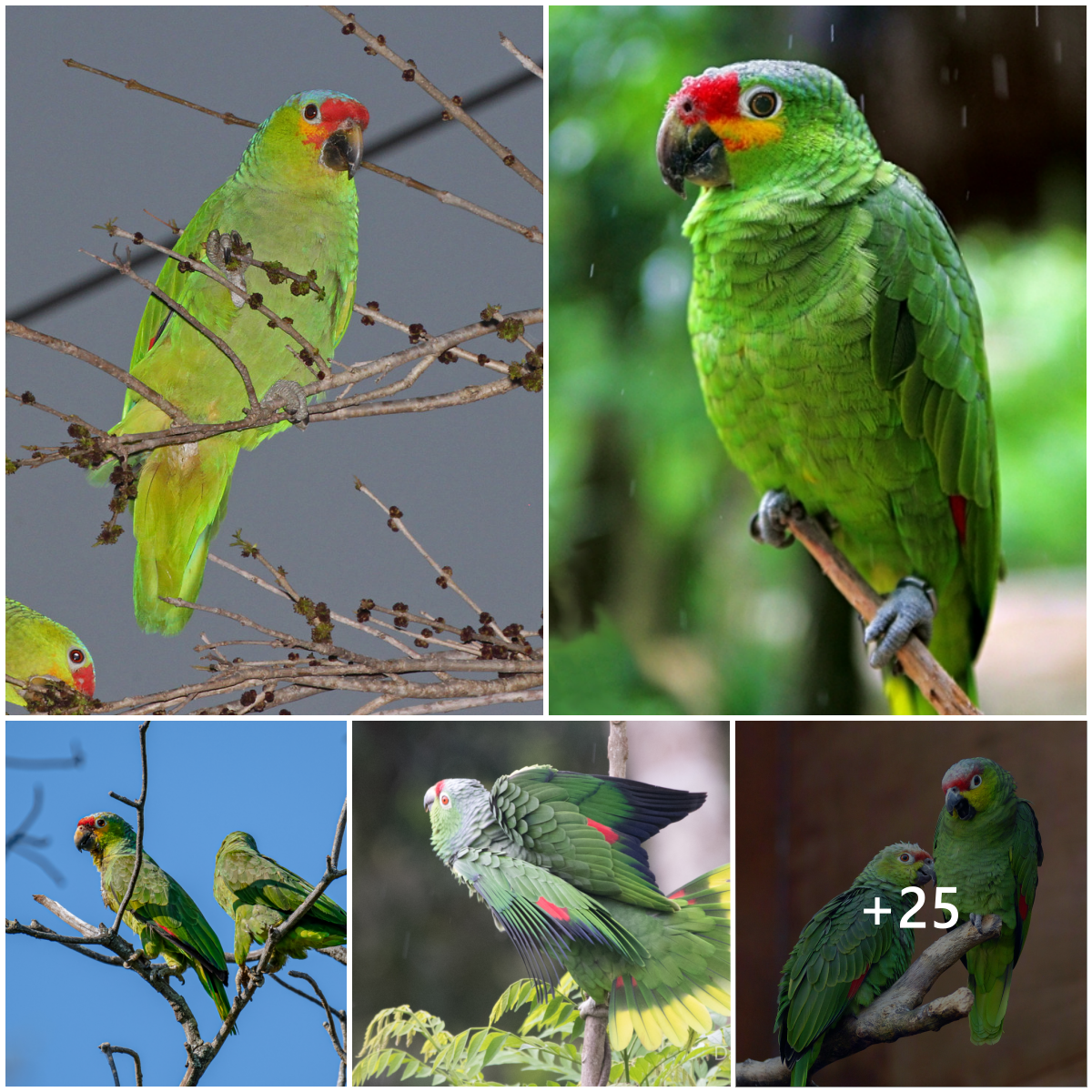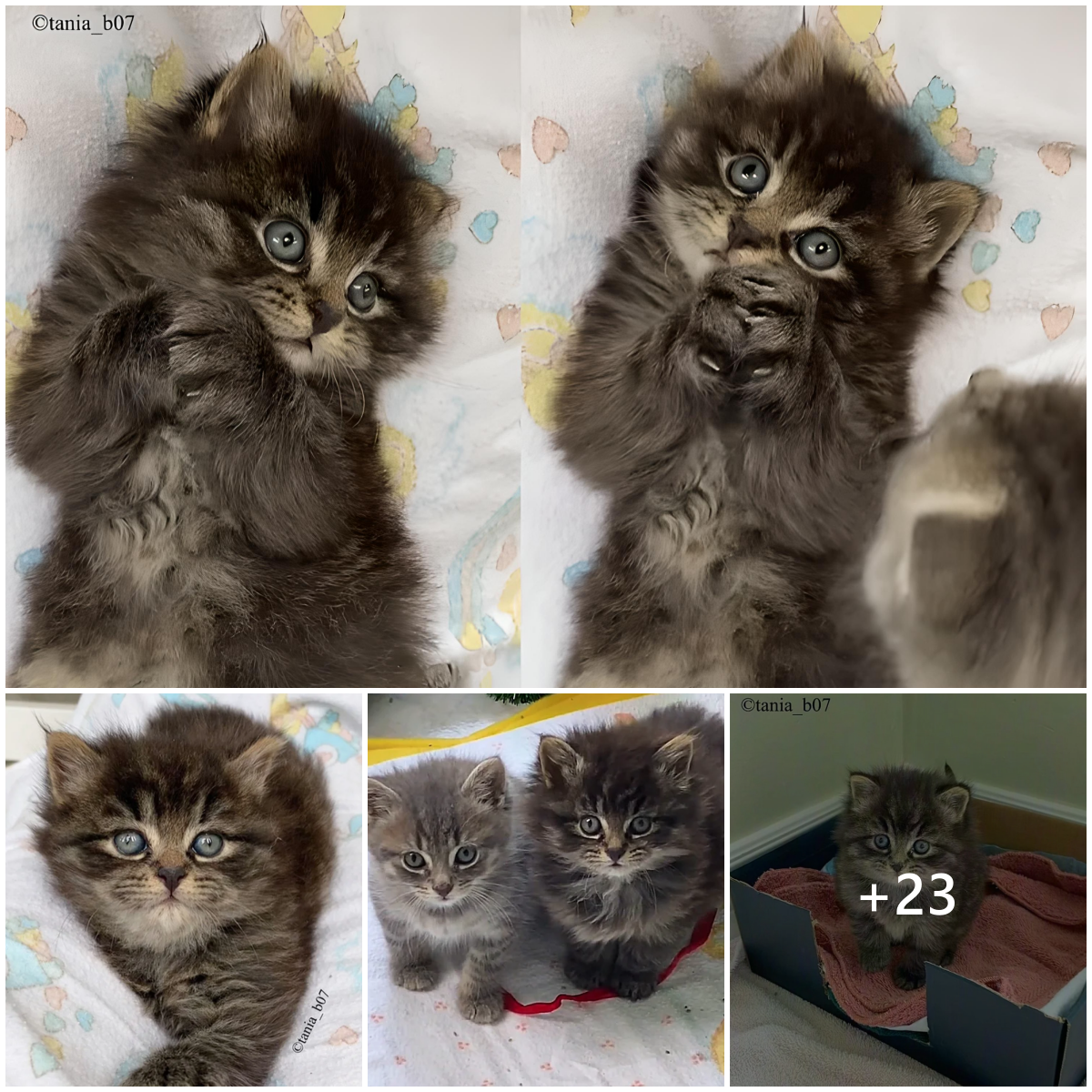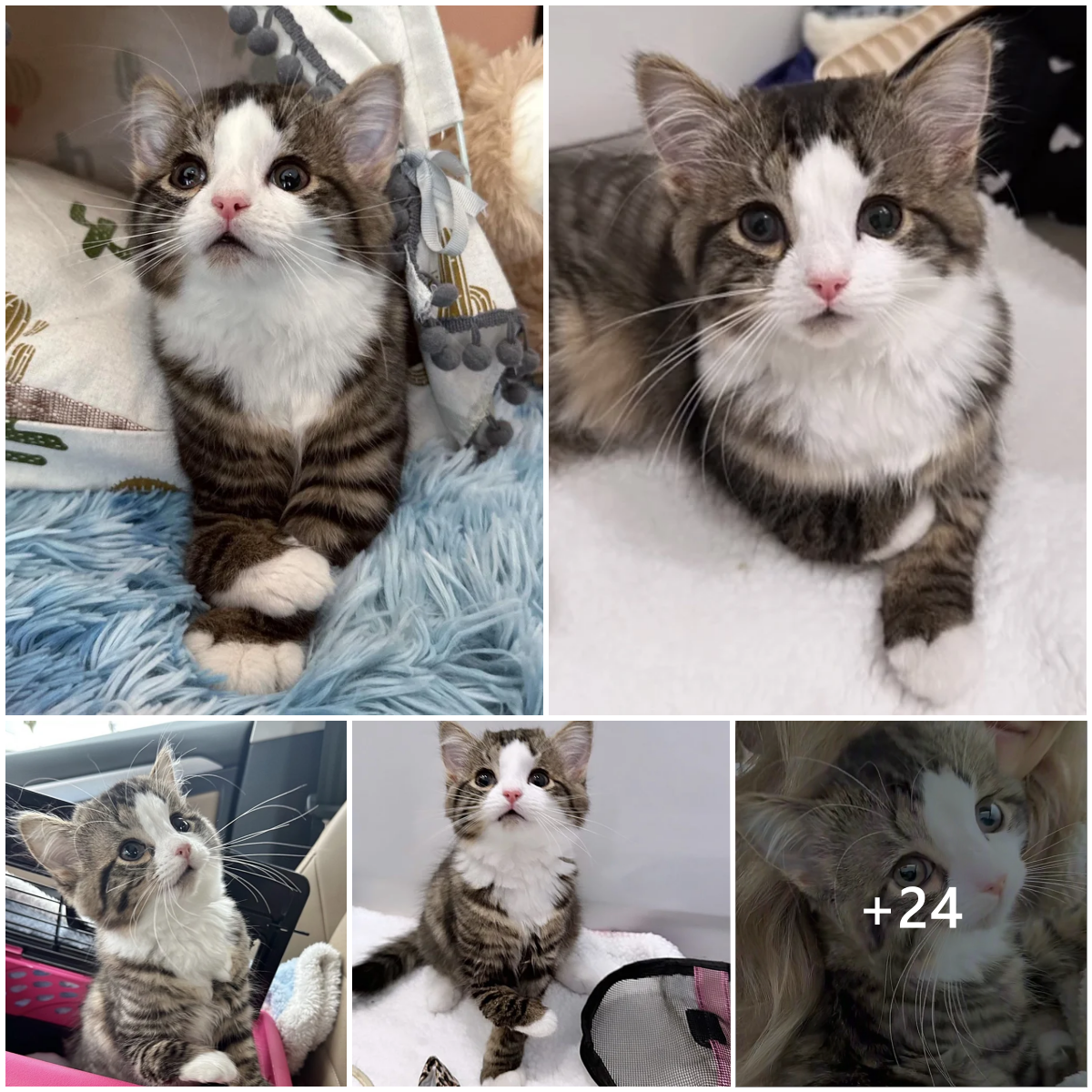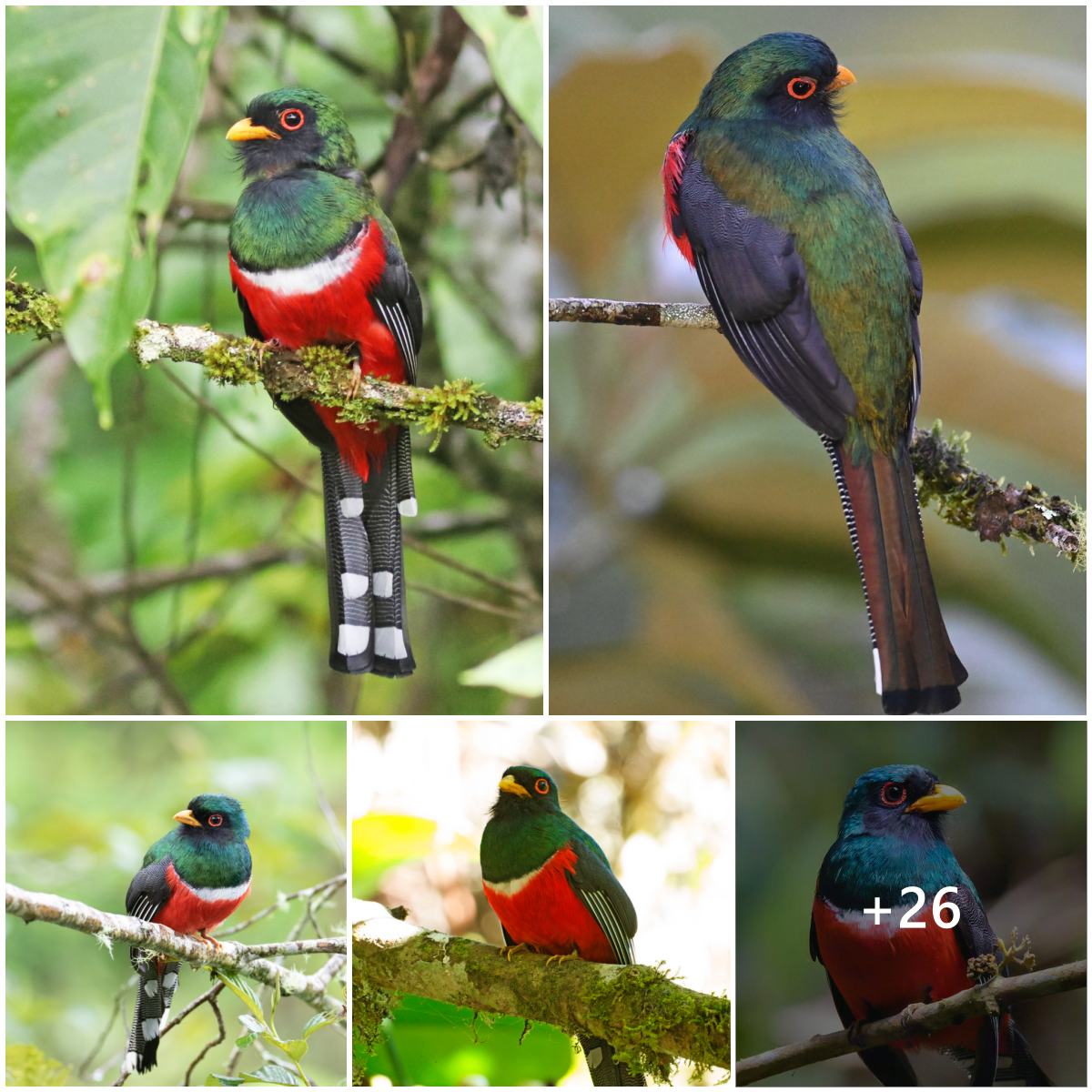RILLIANT PLUMAGE AND LONG BEAK, ALONG WITH AN IMPRESSIVE SPECIES LIFE.
By johnsmithPosted on August 1, 2023
The European bee-eater, scientifically known as Merops apiaster, belongs to the bee-eater family, Meropidae. This vibrant near passerine bird thrives in southern Europe, parts of North Africa, and western Asia. During the colder months, it embarks on a remarkable journey to winter in tropical Africa. Occasionally, some individuals overshoot their usual range and even breed in northwest Europe.
With its stunning colors and slender physique, the European bee-eater stands out among its avian counterparts. Sporting brown and yellow upper parts, green wings, and a black beak, it can reach a length of 27–29 cm, which includes its two elongated central tail feathers. Males and females share similar appearances, but the females tend to have greener feathers on their shoulders rather than golden hues. Non-breeding plumage is less vivid, showcasing a blue-green back and no elongated central tail feathers. Juveniles resemble non-breeding adults, albeit with less variation in feather colors. Adult bee-eaters undergo two molting processes, one starting in June or July and finishing by August or September, and another into breeding plumage during the African winter.
The European Bee-Eater (Merops apiaster) is native to several regions across Europe, North Africa, and southwestern Asia. Its distribution extends from southern Europe, including Spain, Italy, Greece, and the Balkans, to northern Africa, covering countries like Morocco, Algeria, Tunisia, and Egypt. In southwestern Asia, they can be found in Turkey and parts of the Middle East. These colorful birds are primarily known for their distinct migratory behavior, spending their winters in sub-Saharan Africa and returning to their breeding grounds in Europe during the warmer months.
The European Bee-Eater (Merops apiaster) is a social and gregarious bird species known for its fascinating habits and lifestyle. They are highly skilled aerial hunters, preying on flying insects, especially bees, wasps, and dragonflies. These birds are often observed in small to large colonies, nesting in burrows they excavate in sandy or soft soil banks. Their vibrant plumage and distinct calls add to their charm, making them a delightful sight for birdwatchers and nature enthusiasts. During migration, they embark on long journeys, displaying their remarkable endurance and adaptability to various habitats
As its name suggests, the European bee-eater primarily sustains itself by consuming insects, with a strong preference for bees, wasps, and hornets. Using sorties from an open perch, it captures insects mid-flight. Before consuming a bee, it ingeniously removes the sting by repeatedly striking the insect against a hard surface. On a typical day, it can devour around 250 bees.
European bee-eaters exhibit gregarious nesting habits, often colonially nesting in sandy banks, particularly near river shores, around early May. Constructing relatively long tunnels, they lay five to eight spherical white eggs at the beginning of June. Both male and female bee-eaters diligently care for the eggs, taking turns to brood them for approximately three weeks. They also exhibit communal feeding and roosting behaviors.
The population of the European Bee-Eater (Merops apiaster) varies across its extensive range. It is generally considered stable, but local populations may face threats due to habitat loss, pesticides, and human disturbances. Conservation efforts focus on preserving their nesting sites and providing suitable foraging areas. These migratory birds play a crucial role in controlling insect populations and maintaining ecosystem balance. Conservation initiatives aim to protect these colorful and charming birds to ensure their long-term survival and contribute to the biodiversity of their habitats.
By johnsmith
